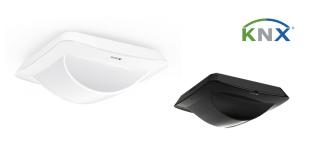Global revenues from smart home automation systems will grow at a 21% CAGR between 2015 and 2020, according to ABI Research. North America will account for the lion’s share of the smart home automation system revenues in 2020, contributing close to 46% globally, followed by Europe and Asia-Pacific.
“Smart home automation system revenue was primarily driven by mass consumer adoption of smart home security systems but the market is also witnessing strong revenue growth from the adoption of smart plugs and smoke and air quality monitors,” says Senior Analyst Adarsh Krishnan.
Regional differences are also reflected in device adoption. In 2014, North America and Western Europe witnessed increased adoption of security cameras, especially those with embedded motion sensors which were used not only for home security but also indoor activity tracking. In China, due to increasing concern about air quality, environmental sensors are gaining popularity. To augment growing domestic demand, in 2014, Alibaba, Xiaomi, Tencent, and Baidu announced their entry into the smart home market with air quality monitors.
With regard to wireless protocol adoption, proprietary wireless technologies from United Technologies, Honeywell, and Bosch Security—operating in 433 Mhz and 900 Mhz spectrum bands—continue to dominate in low-cost battery-operated devices including contact sensors and motion sensors. “Higher quality of service assurance and longer battery life are primary drivers for the continued adoption of proprietary technologies in smart home security,” says Principal Analyst Jonathan Collins.
Low power mesh networking wireless technologies Z-Wave and ZigBee also continued increased adoption in the smart home market. Sigma Designs’ Z-Wave is embedded in over 1000 interoperable devices while ZigBee’s latest 3.0 protocol will help drive its growth as it addresses many of the earlier interoperability issues.
These findings are part of ABI Research’s Smart Home Market Researchwhich examines the market for monitoring and control technologies used for automation applications in the home, including home energy management, connected appliances, home security management, home healthcare, entertainment, and lighting control.












